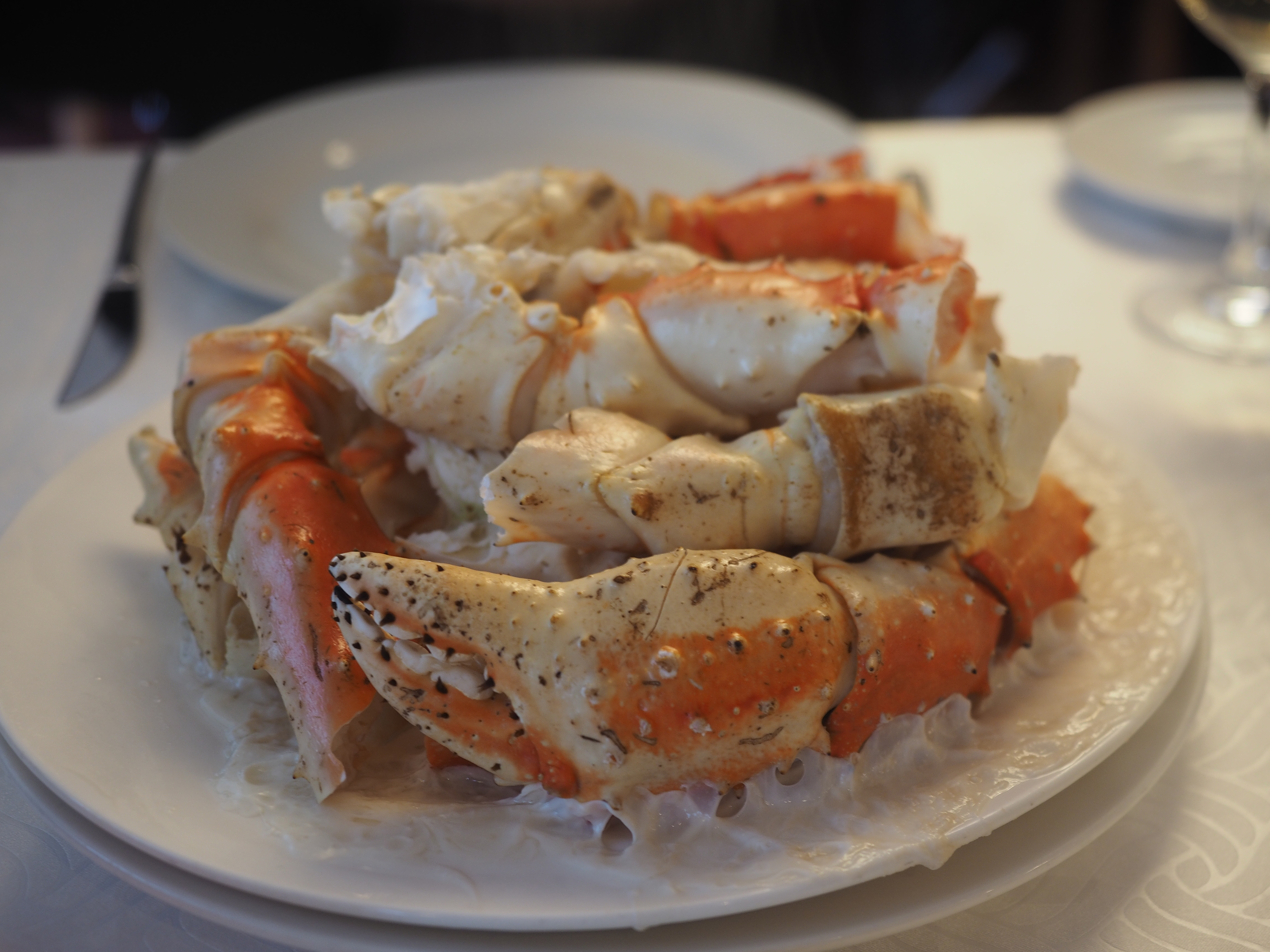|
Paguridae
The Paguridae are a family of hermit crabs of the order Decapoda. This family contains 542 species in over 70 genera:. The king crabs, Lithodoidea, are now widely undestood to be derived from deep within the Paguridae, with some authors placing their ancestors within the genus Pagurus. *'' Acanthopagurus'' de Saint Laurent, 1968 *'' Agaricochirus'' McLaughlin, 1981 *'' Alainopaguroides'' McLaughlin, 1997 *'' Alainopagurus'' Lemaitre & McLaughlin, 1995 *'' Alloeopagurodes'' Komai, 1998 *'' Anapagrides'' de Saint Laurent-Dechance, 1966 *'' Anapagurus'' Henderson, 1886 *'' Anisopagurus'' McLaughlin, 1981 *'' Bathiopagurus'' McLaughlin, 2003 *'' Bathypaguropsis'' McLaughlin, 1994 *'' Benthopagurus'' Wass, 1963 *'' Boninpagurus'' Asakura & Tachikawa, 2004 *'' Bythiopagurus'' McLaughlin, 2003 *'' Catapaguroides'' A. Milne-Edwards & Bouvier, 1892 *'' Catapaguropsis'' Lemaitre & McLaughlin, 2006 *'' Catapagurus'' A. Milne-Edwards, 1880 *'' Ceratopagurus'' Yokoya, 1933 *'' Cestopagurus'' B ... [...More Info...] [...Related Items...] OR: [Wikipedia] [Google] [Baidu] |
John Robertson Henderson
John Robertson Henderson CIE FRSE FZS FLS (21 May 1863 – 26 October 1925) was a Scottish zoologist who specialized in the taxonomy of marine crustaceans, particularly the decapods, and worked on specimens collected by the oceanic research vessels ''Investigator'' and ''Challenger''. From 1892 until 1911 he was Professor of Zoology at Madras Christian College in India. From 1908 to 1920 he was Superintendent of the Government Museum in Madras. He also took an interest in numismatics and Indian history. Life Henderson was born on 21 May 1863 in Melrose the son of Inland Revenue official Edward Henderson (1825–1894) and Jessie Louttit Henderson (née Robertson) (1834–1894). He was educated at both Dulwich College and Dollar Academy. He then studied medicine at the University of Edinburgh graduating with an MB ChB in 1884. He was influenced by Sir Wyville Thomson and took an interest in marine zoology. He worked at the Firths of Forth and Clyde and examined the colle ... [...More Info...] [...Related Items...] OR: [Wikipedia] [Google] [Baidu] |
Lithodoidea
King crabs are a taxon of decapod crustaceans chiefly found in cold seas. Because of their large size and the taste of their meat, many species are widely caught and sold as food, the most common being the red king crab (''Paralithodes camtschaticus''). King crabs are generally thought to be derived from hermit crab-like ancestors within the Paguridae, which may explain the asymmetry still found in the adult forms. This ancestry is supported by several anatomical peculiarities which are present only in king crabs and hermit crabs. Although some doubt still exists about this hypothesis, king crabs are the most widely quoted example of carcinisation among the Decapoda. The evidence for this explanation comes from the asymmetry of the king crab's abdomen, which is thought to reflect the asymmetry of hermit crabs, which must fit into a spiral shell. Controversial taxon Although formerly classified among the hermit crabs in the superfamily Paguroidea, king crabs are now placed in ... [...More Info...] [...Related Items...] OR: [Wikipedia] [Google] [Baidu] |
Hermit Crab
Hermit crabs are anomuran decapod crustaceans of the superfamily Paguroidea that have adapted to occupy empty scavenged mollusc shells to protect their fragile exoskeletons. There are over 800 species of hermit crab, most of which possess an asymmetric abdomen concealed by a snug-fitting shell. Hermit crabs' soft (non-calcified) abdominal exoskeleton means they must occupy shelter produced by other organisms or risk being defenseless. The strong association between hermit crabs and their shelters has significantly influenced their biology. Almost 800 species carry mobile shelters (most often calcified snail shells); this protective mobility contributes to the diversity and multitude of crustaceans found in almost all marine environments. In most species, development involves metamorphosis from symmetric, free-swimming larvae to morphologically asymmetric, benthic-dwelling, shell-seeking crabs. Such physiological and behavioral extremes facilitate a transition to a sheltered lif ... [...More Info...] [...Related Items...] OR: [Wikipedia] [Google] [Baidu] |
Pagurus Bernhardus
''Pagurus bernhardus'' is the common marine hermit crab of Europe's Atlantic coasts. It is sometimes referred to as the common hermit crab or soldier crab. Its carapace reaches long, and is found in both rocky and sandy areas, from the Arctic waters of Iceland, Svalbard and Russia as far south as southern Portugal, but its range does not extend as far as the Mediterranean Sea. It can be found in pools on the upper shore and at the mean tide level down to a depth of approximately , with smaller specimens generally found in rock pools around the middle shore and lower shore regions, with larger individuals at depth. ''P. bernhardus'' is an omnivorous detritivore that opportunistically scavenges for carrion, and which can also filter feed when necessary. ''Pagurus bernhardus'' uses shells of a number of gastropod species for protection, including ''Littorina littorea'', '' Littorina obtusata'', '' Nassarius reticulatus'', '' Gibbula umbilicalis'', '' Nucella lapillus'' and ... [...More Info...] [...Related Items...] OR: [Wikipedia] [Google] [Baidu] |

